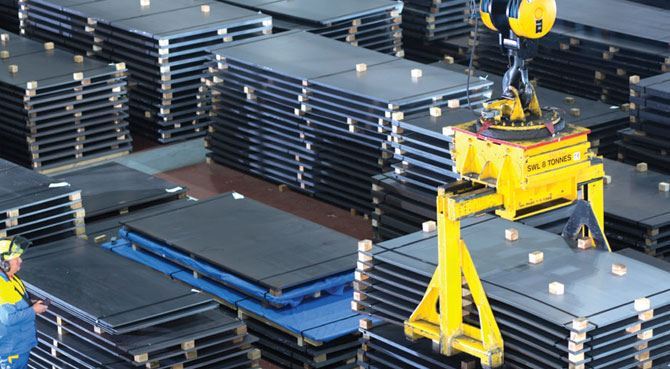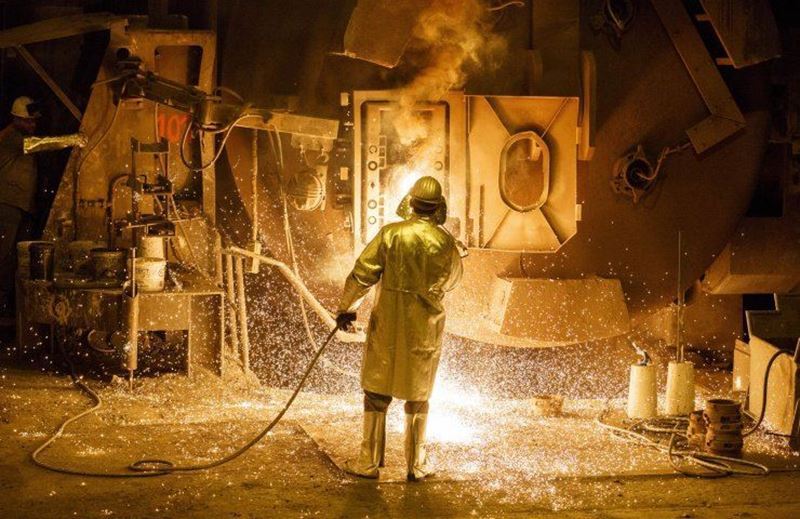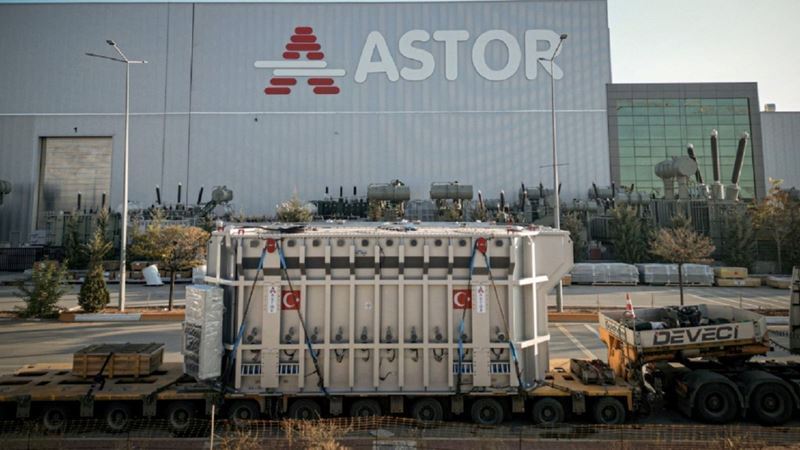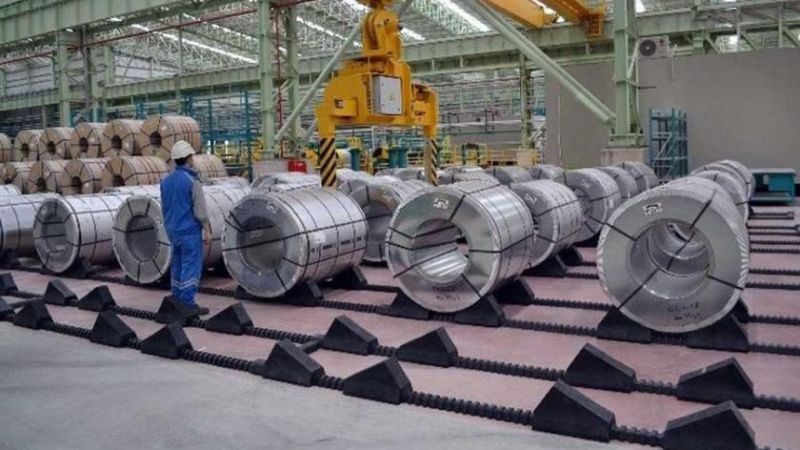Germany and Spain doubled the volume of license applications. Germany increased the volume of such applications to 97.1 thousand tonnes in December, while Spain submitted almost twice as many applications (35.3 thousand tonnes compared to 18.1 thousand tonnes in November). Italy submitted applications for 40.75 kt of steel products in the period under review, up from 19.9 kt in November. At the same time, Austria applied for 30.8 kt of steel, up from 2.34 kt in November. Demands from Greece increased from 185 tons to 12.5 thousand tons compared to the previous month.
According to SIMA, the volume of steel import license applications in December 2023 stood at 2.3 million short tons (2.09 million tonnes). This represents an increase of 14.9% compared to November. The volume of authorized imports during the same period was 1.74 million short tons (1.6 million tonnes), an increase of 17.2% over the previous supply volume. The market share of round steel imports was determined as 21% in December.
At the end of December, the US President extended the suspension of Section 232 tariffs on European steel and aluminum for another two years, until December 31, 2025. However, if European companies use steel smelted in Ukraine, the suspension of tariffs will be in effect until June 1, 2024.
With the US suspension of EU import duties in 2022, tariff quotas (TRQs) managed through the TRQ system came into effect. In November 2023, the EU proposed more flexible quotas for imports of European steel products to the United States. The increase in steel import license applications in December 2023 means an increase in steel exports from Europe to America. The review and approval of new licenses may indicate a revival of the sector in the post-pandemic period. Such an increase could be perceived as a positive signal for both the US and EU steel sectors in the coming years.









Comments
No comment yet.